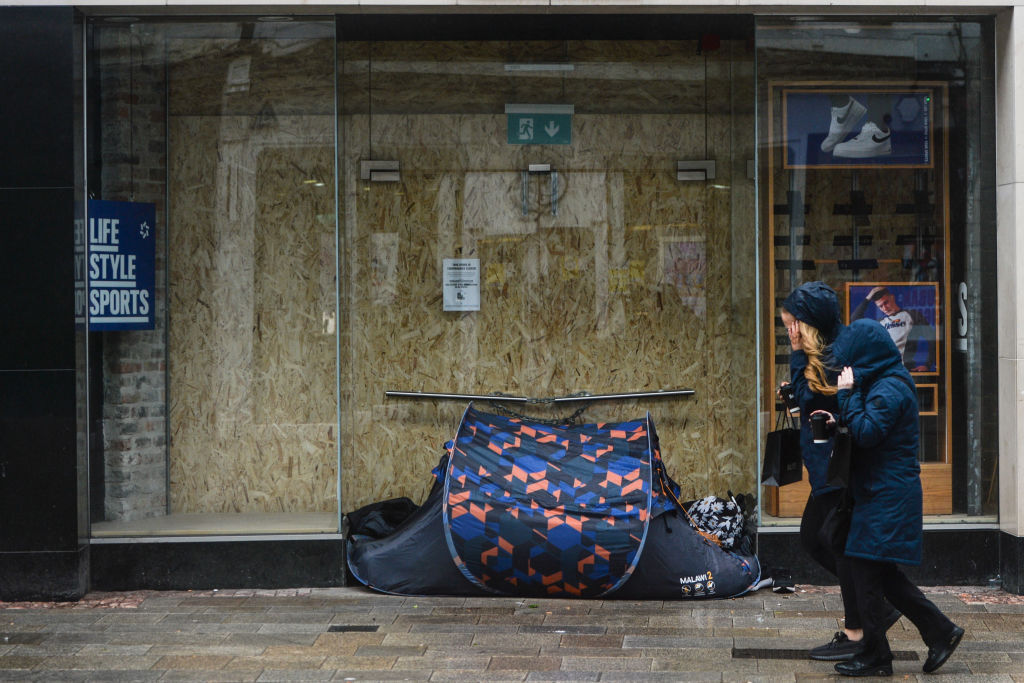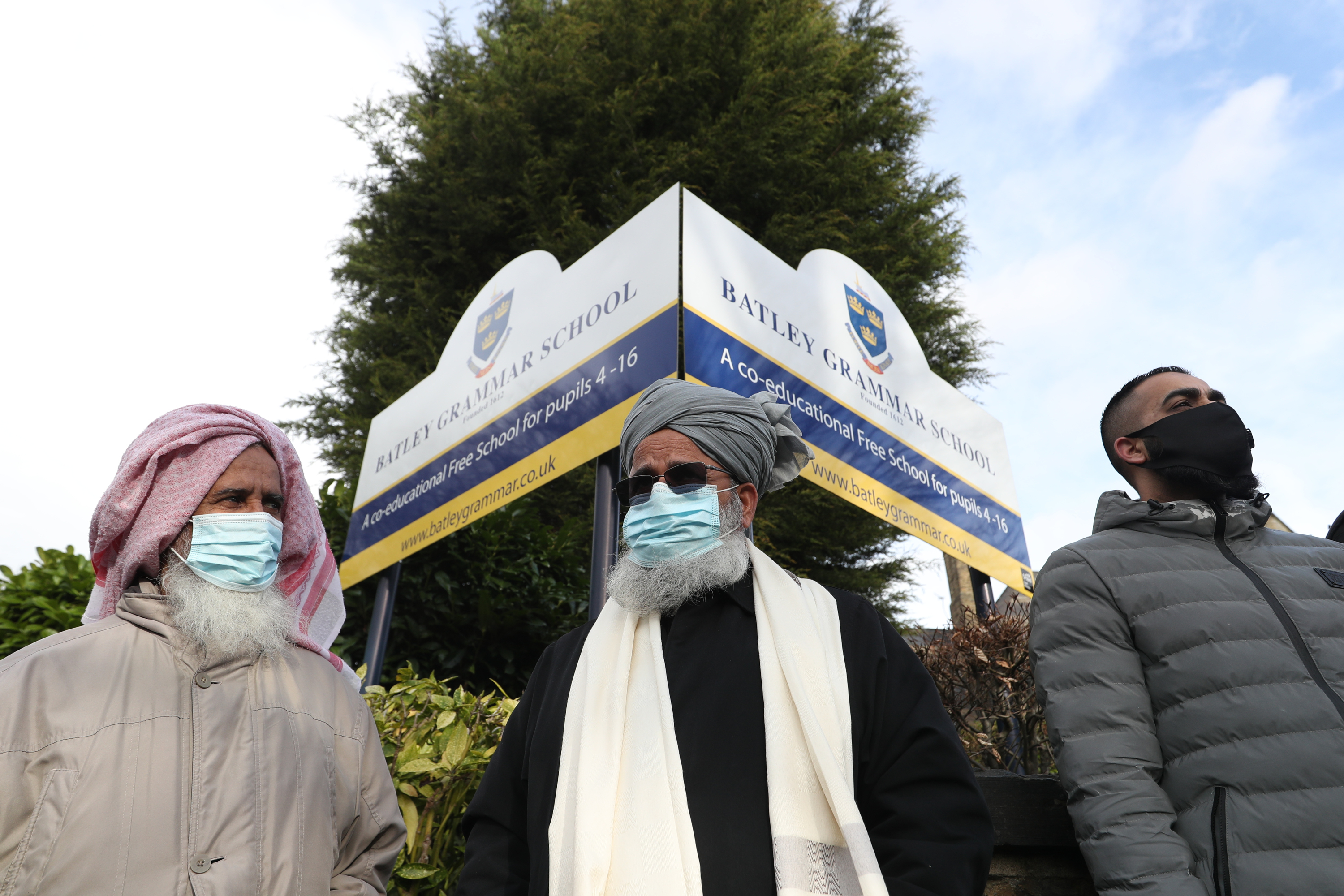The UK’s Covid R rate may have risen slightly and is now between 0.7 and 0.9, scientists advising the government have said.
It comes three days before the second stage of lockdown lifting, which will allow six people or two households to meet socially outdoors, and permit the resumption of organised outdoor sport.
Boris Johnson has warned of a potential third wave of Covid in the UK but has insisted his road map to lift restrictions remains on course, with vaccinations believed to be helping to break the link between cases, hospitalisations and deaths.
Last week the estimated R rate was 0.6 to 0.9.
R measures the number of people, on average, that each Covid sufferer will infect.
If R is greater than 1 the epidemic is generally seen to be growing; if R is less than 1 the epidemic is shrinking.
The estimate was published on Friday and provided by the Scientific Advisory Group for Emergencies (Sage) and the Department for Health and Social Care (DHSC).
Here’s what the R rate is in each region of England
In England, the R rate is 0.8 to 1.0. Last week, all but two regions saw increases; this week, every region has recorded an increase.
East of England – 0.7 to 1.0 (up from 0.6 to 0.9 last week)
London – 0.7 to 0.9 (up from 0.6 to 0.9)
Midlands – 0.7 to 1.0 (up from 0.6 to 0.9)
North-east and Yorkshire – 0.8 to 1.0 (up from 0.7 to 0.9)
North-west – 0.7 to 1.0 (up from 0.7 to 0.9)
South-east – 0.7 to 1.0 (up from 0.7 to 0.9)
South-west – 0.7 to 0.9 (up from 0.6 to 0.9)
Here’s what the R rate is in the devolved nations
In Scotland the latest figures estimate the R rate is between 0.8 and 1.0. Last week it was between 0.7 and 1.0.
In Wales it is believed to be between 0.6 and 0.9. Last week it was between 0.6 and 0.8.
And in Northern Ireland, the R is estimated to be between 0.75 and 0.95. Last week it was between 0.9 and 1.1, making the nation the only part of the UK where the R has dropped.


